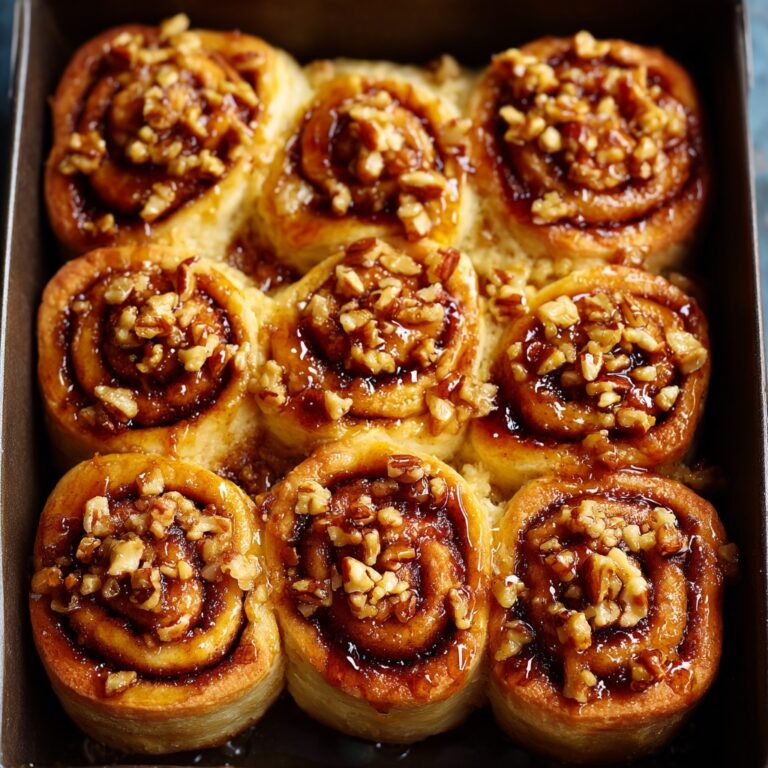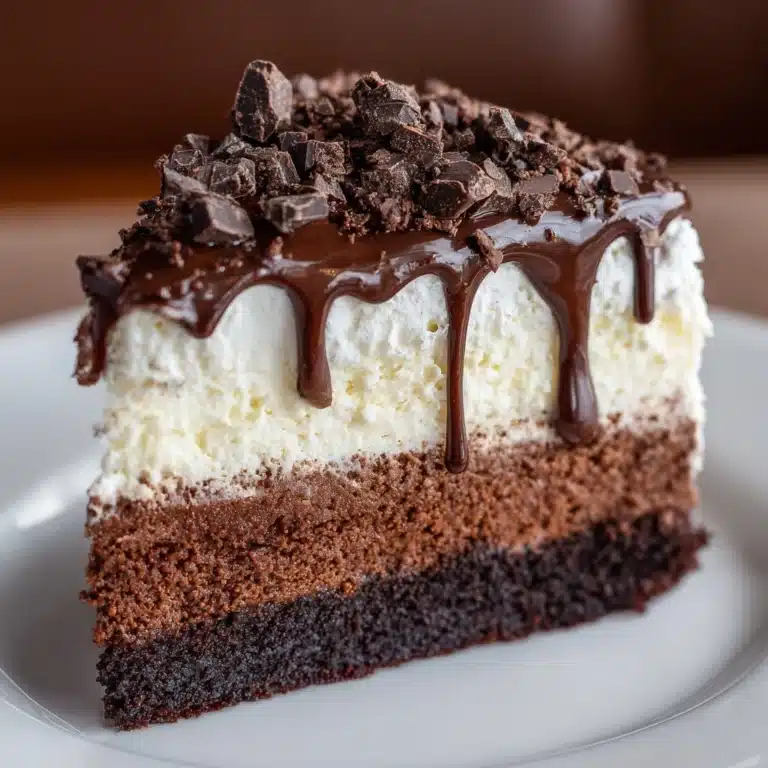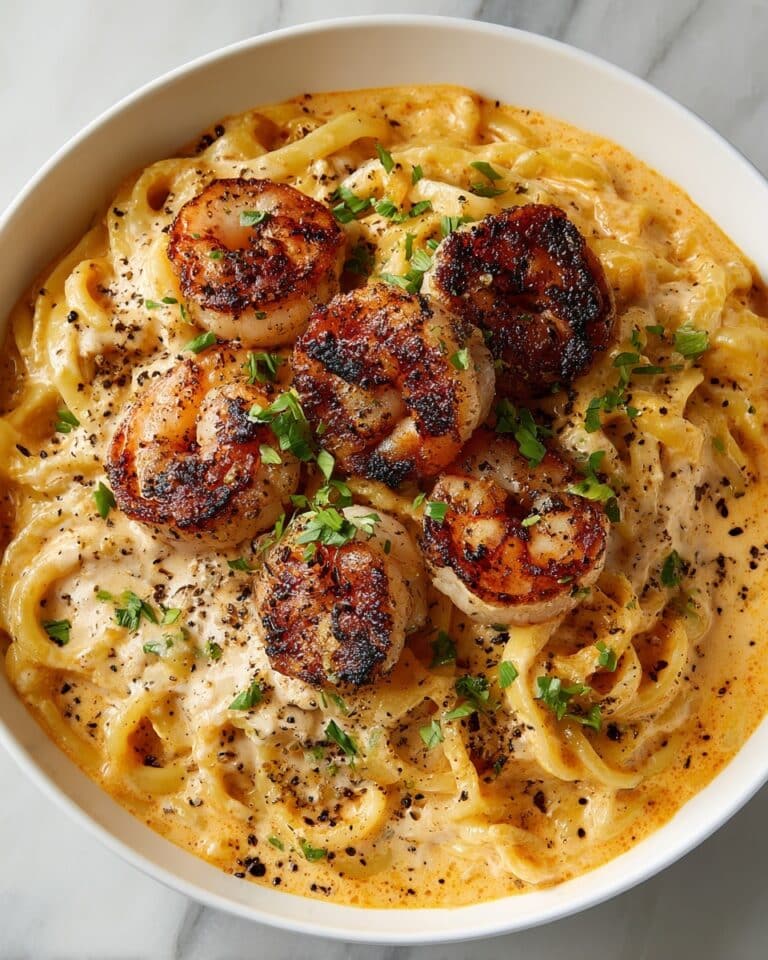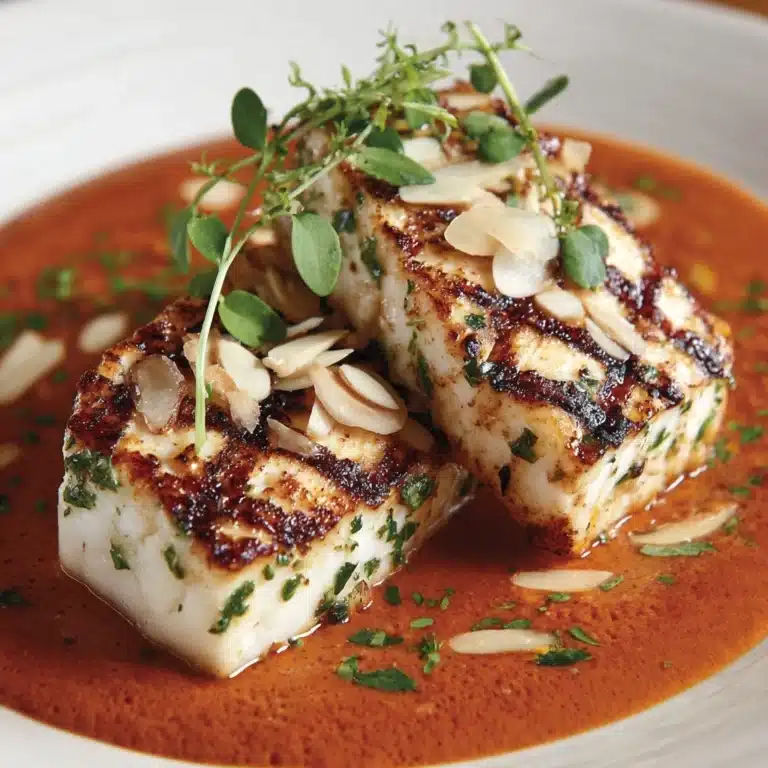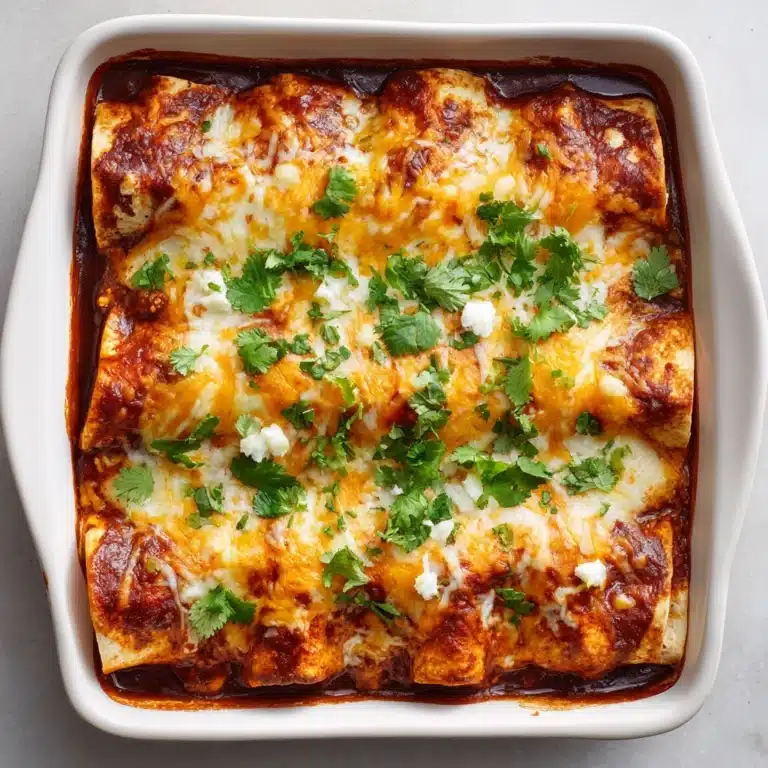Easter Sugar Cookies with Royal Icing Recipe
If you’re looking for a festive, delightful treat that’s as fun to make as it is to eat, Easter Sugar Cookies with Royal Icing are truly a holiday essential. These buttery cookies are tender but sturdy enough for beautiful pastel decorations, thanks to a simple royal icing that dries to a perfect, glossy finish. Whether you’re baking with kids or prepping goodies for your Easter brunch table, this recipe delivers classic flavor with vibrant, custom designs. Bring a splash of springtime joy to any celebration — one creative cookie at a time!

Ingredients You’ll Need
The magic of these cookies starts with simple, pantry-friendly ingredients, each bringing a little something special to the party. The dough bakes up soft yet holds its shape, while royal icing guarantees that iconic, bakery-style finish in any color your heart desires.
- All-purpose flour: Provides sturdy structure while keeping the cookies tender and just the right level of chewy.
- Baking powder: Gives a gentle rise so the cookies are light, not dense.
- Salt: Just a pinch balances the sweetness and enhances depth of flavor.
- Unsalted butter (softened): The rich, creamy backbone for melt-in-your-mouth texture — make sure it’s at room temperature for easy mixing.
- Granulated sugar: Classic sweetness that helps the cookies set up with a little crispness at the edges.
- Large egg: Acts as a binder for a cohesive, smooth dough.
- Vanilla extract: The essential warm note — use pure vanilla for the most aromatic results.
- Almond extract (optional): Just a splash sends flavor over the top with a sweet, nutty undertone.
- Powdered sugar: The silky base for royal icing, giving that dreamy smoothness.
- Meringue powder: Ensures icing dries to glossy, hard perfection — no raw eggs needed.
- Water: Adjusts the icing consistency for outlining and flooding designs.
- Gel food coloring (assorted pastel colors): Lends vibrant, Easter-perfect hues without making the icing runny.
How to Make Easter Sugar Cookies with Royal Icing
Step 1: Prepare the Dry Ingredients
Start by whisking together your flour, baking powder, and salt in a medium bowl. This simple step ensures even texture and makes everything blend seamlessly — no surprise clumps in your dough! Proper mixing here sets the stage for perfect cookies later.
Step 2: Cream Butter and Sugar
In a large bowl, beat your softened butter and sugar until the mixture turns light and fluffy — it should look almost pale, which usually takes two to three minutes. This is the secret to tender cookies that almost dissolve on your tongue. Don’t skimp on this step; the air you whip in now lends a beautiful texture later.
Step 3: Add Egg and Flavorings
Next, mix in your egg, vanilla, and if you’re feeling a little fancy, a dash of almond extract. These wet ingredients come together quickly and make your dough smell like a bakery in springtime — just dreamy.
Step 4: Combine Wet and Dry Ingredients
Gradually add the dry ingredients into your butter mixture, mixing just until you see no more streaks of flour. The dough will be soft, but not sticky, and should come together easily. Avoid overmixing to keep the cookies tender and just sturdy enough for decorating.
Step 5: Chill the Dough
Divide the dough in half, then flatten each piece into a disc. Wrap both halves snugly in plastic wrap. Let them chill in the fridge for at least one hour — overnight is even better for more defined shapes and richer flavor. This is the key to sharp edges and stress-free rolling later.
Step 6: Roll and Cut Cookie Shapes
On a lightly floured surface, roll each disc out to about a 1/4-inch thickness. Now comes the fun! Use cookie cutters in your favorite Easter shapes: eggs, bunnies, carrots — let your imagination run wild. Place the cutouts on a parchment-lined baking sheet, leaving a little space between each cookie for perfect edges.
Step 7: Bake to Perfection
Bake your cookies at 350°F for 8–10 minutes, just until the edges start to turn golden. Overbaking can make them dry, so keep a close eye after eight minutes. Once done, let them cool a bit on the baking sheet before carefully transferring to a wire rack to finish cooling completely. This patience pays off by preventing cracks or breakage!
Step 8: Make the Royal Icing
Beat together powdered sugar, meringue powder, and water, starting on low for a minute before cranking up to high for 4–5 minutes. You’ll know it’s ready when stiff peaks form and the icing is glossy. Adjust with water for a runnier, “flooding” consistency, or leave it thicker for outlining and adding details. Divide into bowls and tint each one with small drops of your favorite pastel colors.
Step 9: Decorate and Dry
When your cookies are completely cool, grab your piping bags or squeeze bottles and get decorating! Start by outlining the edges, then flood the center and use a toothpick or scribe tool to swirl colors or add designs. Once you’re done, let the cookies dry at room temperature — this can take 4–6 hours or even overnight, ensuring they’re sturdy and stackable.
How to Serve Easter Sugar Cookies with Royal Icing
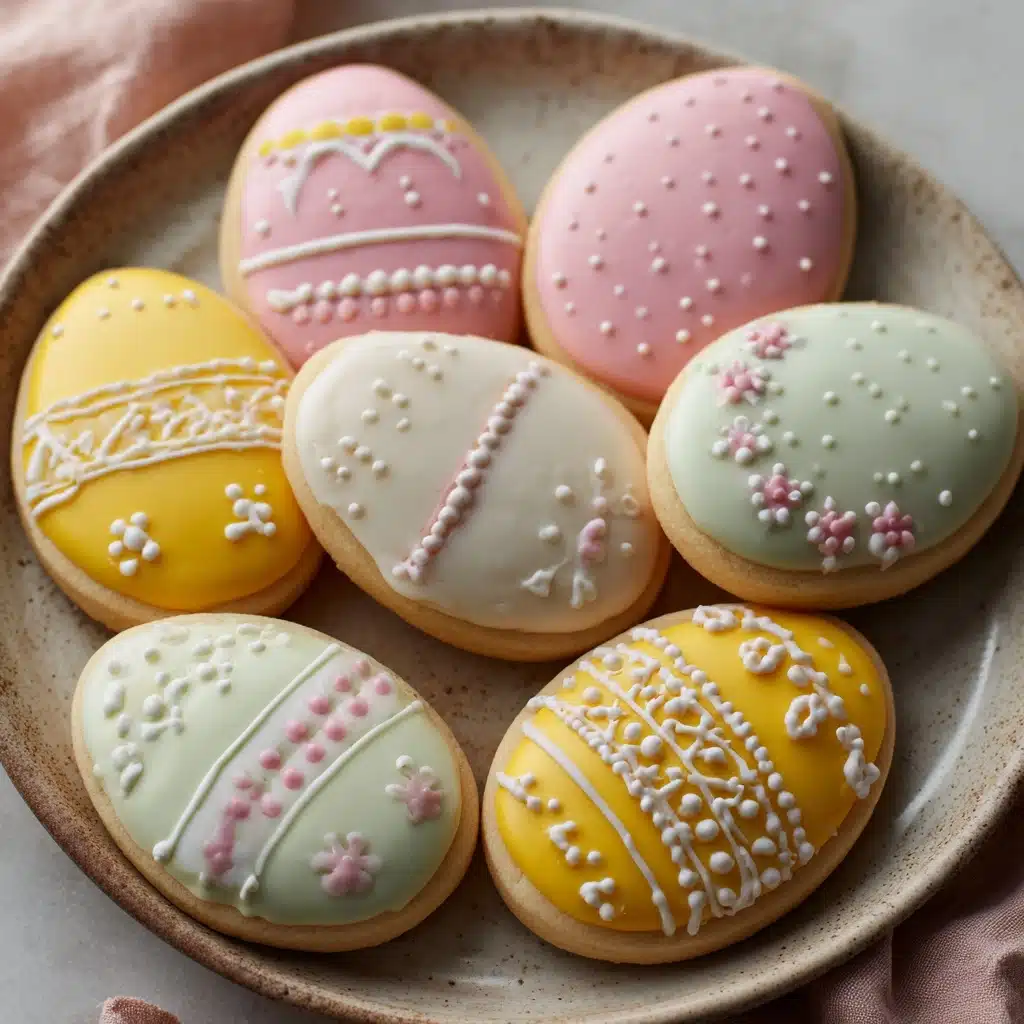
Garnishes
For a special finishing touch, add a sprinkle of colored sanding sugar or a few edible pearls before the royal icing dries. You can pipe on polka dots, flowers, or tiny bunny faces with contrasting colors for maximum Easter charm. A gentle shimmer of edible glitter makes each cookie look like a springtime jewel.
Side Dishes
Easter Sugar Cookies with Royal Icing shine brightest on a simple platter, but they’re absolutely irresistible beside a bowl of fruit salad or alongside pastel-hued candies. Pair them with a mug of tea, coffee, or even a springy mimosa for an extra dash of celebration at brunch or dessert.
Creative Ways to Present
Arrange your cookies in a big, beautiful basket lined with pastel tissue — perfect for gifting. Or, set up a “decorate your own cookie” station at your Easter gathering with piping bags and sprinkles. Nestle a few wrapped cookies in Easter eggs for a surprise treat. However you display them, these cookies are sure to invite smiles and compliments.
Make Ahead and Storage
Storing Leftovers
Once the icing is fully set, layer your cookies in an airtight container with wax or parchment paper between layers. Kept cool and dry, they maintain their delicate texture and designs for up to one week — perfect for prepping ahead of the holiday rush!
Freezing
Easter Sugar Cookies with Royal Icing freeze beautifully, both before and after decorating. For undecorated cookies, freeze them in a single layer, then transfer to a zip-top bag. Fully decorated cookies should be frozen with parchment between each one. Always allow them to come to room temperature in their container so the icing stays intact.
Reheating
While these cookies don’t need reheating, if you want that just-baked taste, pop undecorated cookies into a 275°F oven for 2–3 minutes. For decorated ones, skip reheating to keep the royal icing looking perfect — they’re at their best at room temperature, anyway!
FAQs
Can I make the dough ahead of time?
Absolutely! The dough for Easter Sugar Cookies with Royal Icing can be made up to three days ahead. Keep it wrapped tightly in the fridge until you’re ready to roll and cut. Chilled dough also means your cookies will hold their shape better in the oven.
What’s the secret to getting pastel icing colors?
Gel food coloring is your best friend here — it gives vivid, soft hues without making the icing too runny. Add just a toothpick’s swirl at a time, mixing thoroughly between additions, to reach your perfect shade. Remember, the color will deepen a bit as the icing dries!
Why use meringue powder in royal icing instead of raw egg whites?
Meringue powder is easy, safe, shelf-stable, and produces consistent results. It eliminates concerns about raw eggs while providing all the structure and shine you want in decorated cookies, making it perfect for baking with kids or for gifting.
How do I make sharp-edged cookies for decorating?
Follow that crucial chilling time! Working with cold dough and returning cut shapes to the fridge before baking will keep your cookies crisp and neat. Using flour sparingly when rolling out also prevents excess spread and helps maintain those adorable Easter shapes.
Can I use other extracts besides vanilla and almond?
Definitely! Lemon, orange, or even coconut extracts bring a unique twist to Easter Sugar Cookies with Royal Icing. Add them sparingly, since a little goes a long way, and taste the dough before baking to adjust if needed.
Final Thoughts
If you’re looking to create a fun holiday tradition that combines baking, crafting, and sharing sweet memories, you can’t go wrong with Easter Sugar Cookies with Royal Icing. They’re as joyful to bake as they are to decorate and eat, no matter your age or skill level. Gather your favorite people, turn up some springtime tunes, and let your creativity shine — your cookie platter will be the star of the holiday!
Print
Easter Sugar Cookies with Royal Icing Recipe
- Total Time: 40 minutes (active)
- Yield: 24 cookies 1x
- Diet: Vegetarian
Description
These Easter Sugar Cookies with Royal Icing are a delightful treat for the holiday season. The buttery cookies are perfectly complemented by the sweet and glossy royal icing, making them not only delicious but also a joy to decorate. Bring the colors of spring to your dessert table with these beautifully decorated sugar cookies that are sure to impress both kids and adults alike.
Ingredients
For the cookies:
- 2½ cups all-purpose flour
- 1 teaspoon baking powder
- ½ teaspoon salt
- ¾ cup unsalted butter (softened)
- ¾ cup granulated sugar
- 1 large egg
- 1½ teaspoons vanilla extract
- ½ teaspoon almond extract (optional)
For the royal icing:
- 3 cups powdered sugar
- 2 tablespoons meringue powder
- 5–6 tablespoons water
- gel food coloring (assorted pastel colors)
Instructions
- For the cookies: In a medium bowl, whisk together flour, baking powder, and salt. In a large bowl, beat softened butter and sugar until light and fluffy, about 2–3 minutes. Add the egg, vanilla, and almond extract if using, and mix until combined. Gradually add the dry ingredients, mixing just until a soft dough forms.
- Divide the dough into two portions, flatten into discs, wrap in plastic wrap, and chill for at least 1 hour.
- Preheat oven to 350°F and line baking sheets with parchment paper. Roll out the chilled dough on a lightly floured surface to ¼-inch thickness. Cut into Easter shapes (eggs, bunnies, carrots, etc.) and place on the prepared baking sheets.
- Bake for 8–10 minutes, or until the edges are just turning golden. Let cookies cool on the sheet for 5 minutes, then transfer to a wire rack to cool completely before decorating.
- For the royal icing: To make the royal icing, beat powdered sugar, meringue powder, and water together on low speed for 1 minute, then on high for 4–5 minutes, until stiff peaks form. Add more water a teaspoon at a time for flooding consistency, or keep it thick for outlining. Divide icing into bowls and color as desired.
- Decorate cooled cookies with outlined edges and flooded centers using piping bags or squeeze bottles. Let icing dry completely (4–6 hours or overnight) before stacking or storing.
Notes
- Royal icing dries best at room temperature.
- Use gel food coloring for vibrant pastel shades without thinning the icing.
- Cookies can be stored in an airtight container for up to 1 week.
- Prep Time: 30 minutes (plus chilling and drying time)
- Cook Time: 10 minutes
- Category: Dessert
- Method: Baking
- Cuisine: American
Nutrition
- Serving Size: 1 cookie
- Calories: 160
- Sugar: 14g
- Sodium: 65mg
- Fat: 7g
- Saturated Fat: 4g
- Unsaturated Fat: 3g
- Trans Fat: 0g
- Carbohydrates: 22g
- Fiber: 0g
- Protein: 2g
- Cholesterol: 20mg
